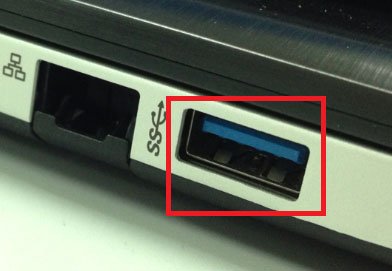USB 3.0 was launched back in 2008. This new edition has more functions and better features included in the port. Although it looks just like a simple data cable port, it actually makes a lot more things run in the background. USB 3.0 started getting popular right after the launch. Laptop manufacturers mainly acquired this technology to provide faster speeds.
Difference between USB 2.0 and USB 3.0
The most notable difference is speed. USB 3.0 can transfer data at up to 625MBps. However, you can find ten times less speed while using USB 2.0. But, the problem is that it depends on the data cable you are using and the device where you are transferring your data. Another difference is related to power usage. USB 2.0 can consume up to 500 mA power when USB 3.0 can consume up to 900 mA power.
How to identify USB 3.0 Port on Laptop
If you purchased a new laptop and do not have much technical knowledge, how can you identify the USB 3.0 port on your device to get better speeds when you copy or move data?
To make use of USB 3.0, you should identify the USB 3.0 port on your laptop. Generally, most Windows laptops come with one USB 3.0 port and one or two USB 2.0 ports.
Check if your laptop has a USB 3.0 Port
The first thing you should do is confirm whether you have a USB 3.0 port. For that, open Device Manager. You can either go to Control Panel and select the Device Manager option, search for it via the Taskbar Search Box, or open it via the WinX menu.
In Device Manager, you will see Universal Serial BUS Controllers or USB controllers. Expand the menu. Here, you should see USB 3.0 mentioned in the list of USB-related entries.

If you have found such a thing, read the following guide. Otherwise, there is no need to follow it.
If your device supports USB 3.0, you can identify the port this way:
1] Check the Logo

USB 3.0 is also used as SuperSpeed USB. Generally, laptop manufacturers use the SuperSpeed USB logo to differentiate the port. You can find the ss mark along with the USB logo, which looks something like the following image:
2] Port Color

Image Credit: Asus
If the laptop manufacturer follows the official guidelines, then the USB 3.0 port should be blue, whereas USB 2.0 ports are either black or white. This can happen with both the ‘male’ and ‘female’ ports.
I hope this helps you identify the USB 3.0 port.
Use it to get better speeds when copying or moving data.